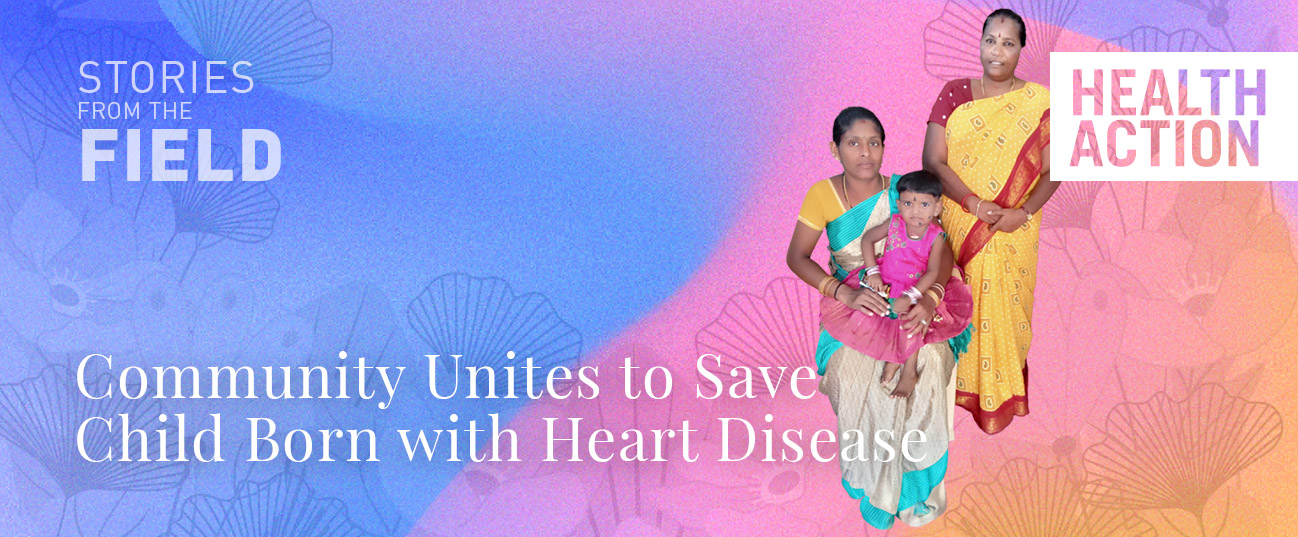
Introduction
Nutritional security is vital for the development of any country. Vitamin A deficiency, goitre, undernutrition and obesity are some common nutritional problems of India. Malnutrition that begins with low birth weight has a lasting effect on the development of degenerative diseases. It affects survival, development and growth of children, and has lifelong consequences on health and development. 42.5% of our nation’s children under the age of five are underweight. 48% of the children are stunted (low height for age). 22% of children are born with low birth weight, (less than 2.5 kg).
Changes in Body Composition
Although all body tissue masses are affected by malnutrition, the greatest depletion occurs in fat and muscle masses. Many who are malnourished also suffer a loss in intravascular volume because of poor water and sodium intake, decreased plasma proteins, leaky capillaries, and leaky cells. However, the proportion of body weight which is composed of water may increase because of an increased interstitial iron content and an expansion of the interstitial space. Malnourished patients thus may have a diminished intravascular volume in spite of a whole-body fluid overload.
Changes in Gastrointestinal Tract
Starvation and malnutrition cause structural and functional deterioration of the intestinal tract, pancreas, and liver. The total tissue mass and protein content of the intestinal mucosa and pancreas are markedly reduced. Mucosal epithelial cell proliferation rates decrease, and the intestinal mucosa becomes atrophic. The synthesis of mucosal and pancreatic digestive enzymes is also reduced. Intestinal transport and absorption of free amino acids are impaired.
Changes in Skin and Appendages
The skin regenerates rapidly, and it takes only two weeks for a basal cell of the epidermis to reach the cornified layer and die. Malnutrition often causes dry, thin, and wrinkled skin with atrophy of the basal layers of the epidermis and hyperkeratosis. Severe malnutrition may cause considerable depletion of skin protein and collagen.
Those with severe malnutrition experience sequential skin changes in different parts of the body. Hyperpigmentation is first to appear, followed by cracking and stripping of the superficial layers. Thereby leaving behind a hypo pigmented, thin, and atrophic epidermis which is friable and gets easily macerated. Scalp hair becomes thin, sparse, and is easily pulled out. At the same time, the eyelashes become long and luxuriant. Children affected also suffer hypo pigmentation with reddish brown or grey discoloration of hair, adults may lose axillary and pubic hair.
Those with severe malnutrition experience sequential skin changes in different parts of the body. Hyperpigmentation is first to appear, followed by cracking and stripping of the superficial layers. Thereby leaving behind a hypo pigmented, thin, and atrophic epidermis which is friable and gets easily macerated. Scalp hair becomes thin, sparse, and is easily pulled out. At the same time, the eyelashes become long and luxuriant. Children affected also suffer hypo pigmentation with reddish brown or grey discoloration of hair, adults may lose axillary and pubic hair.
Changes in Heart
Chronic malnutrition affects the heart mass and function. The cardiac muscle mass gets decreased and myofibrils get fragmented. Bradycardia (heart rate can decrease to less than 40 beats/mm) and decreased stroke volume produce marked decrease in cardiac output and lowering of blood pressure.
Changes in Kidneys
Renal mass and function are often well preserved during undernutrition, provided adequate water is consumed to prevent a severe decrease in renal perfusion and acute renal failure. However, when malnutrition is severe, there is a decrease in kidney weight, glomerular filtration rate, the ability to excrete acid, the ability to excrete sodium, and to concentrate urine. Mild proteinuria may also occur.
Changes in Immune System
Severe undernutrition causes atrophy of all lymphoid tissues, including the thymus, tonsils, and lymph nodes. Cell-mediated immunity is diminished more than antibody production. Alterations in cell-mediated immunity lead to impaired delayed-type hypersensitivity reactions and energy levels. Additionally, the ability to kill bacteria is diminished due to decreased complement levels and impaired neutrophil function.
Changes in Brain
The weight and protein content of the brain remain relatively stable during prolonged malnutrition. Therefore, the integrity of the brain is preserved at the expense of other organs and tissues. However, malnutrition in early stages, especially in the womb, can cause underdevelopment of brain and realizing one’s full potential in life.
Conclusion
Diverse clinical situations produce major changes in body composition and use up the body’s energy reserves. Understanding these changes and recognising them speedily may be critical for nutritional therapy in these conditions. Progressive protein energy malnutrition brought on by chronic illnesses can divest critical body organs of their mass and function and unless corrective measures are initiated, can lead to severe long-term damage or even death.
The author is Assistant Professor, RAAK Nursing and Paramedical College, Puducherry.




